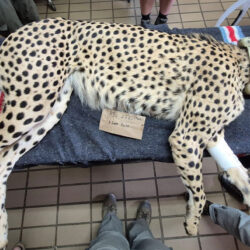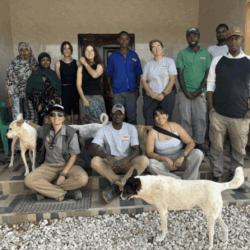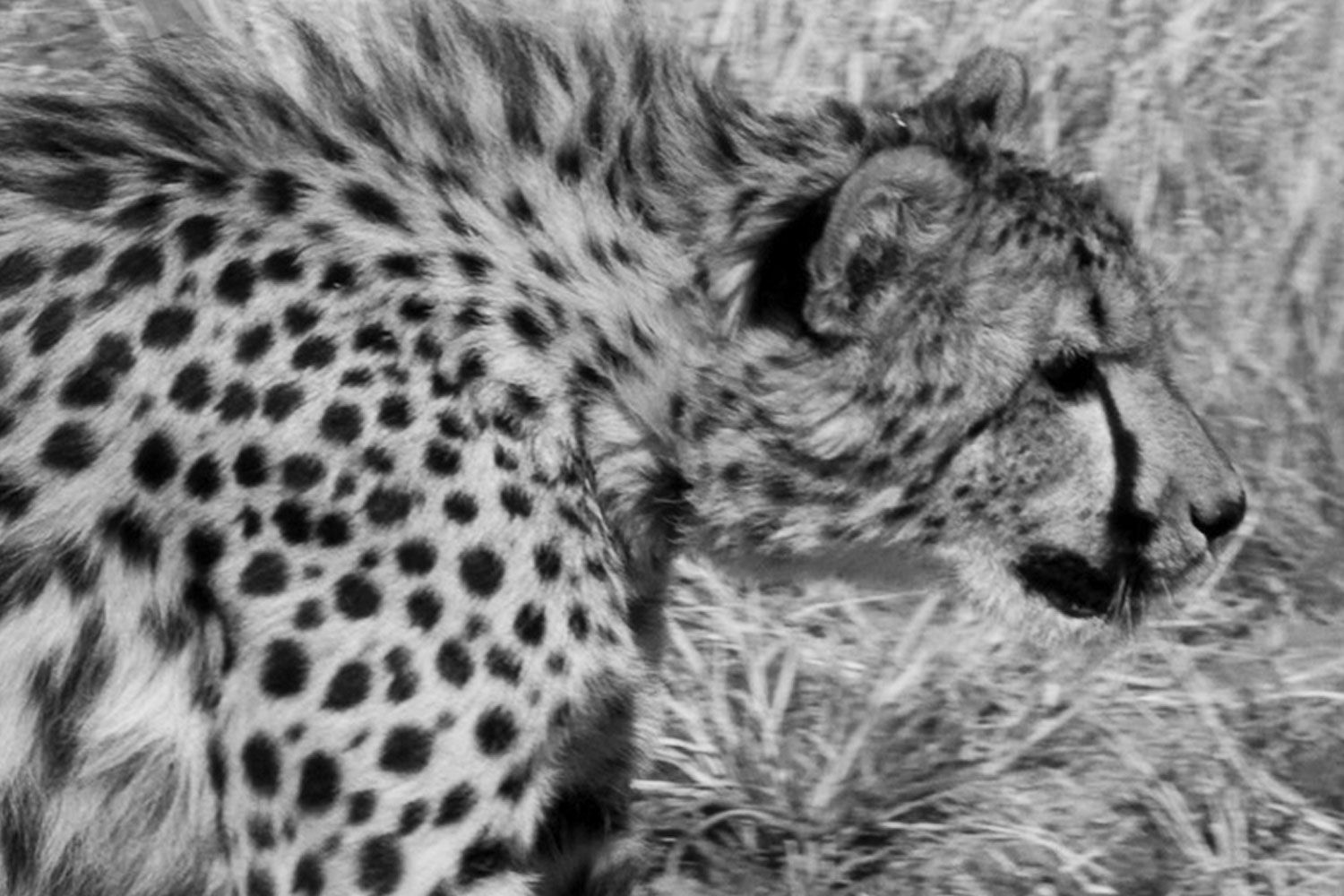Understanding Cheetah Rewilding Through CCF’s Work
-
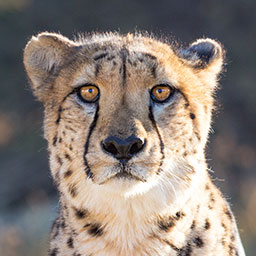
- by Zila Oliveira March 28, 2025
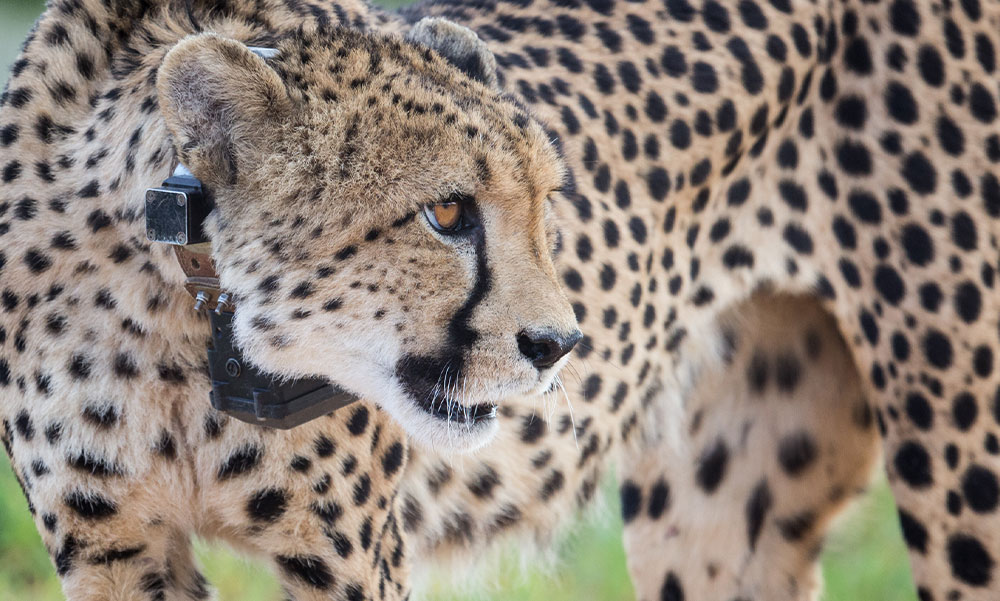
Rewilding is a dynamic conservation approach that helps rebuild ecosystems, reversing biodiversity loss and strengthening nature’s life-supporting functions. By allowing wildlife to reclaim their habitats, rewilding fosters a more resilient planet—one where species can thrive once again.
Cheetah Conservation Fund (CCF) stands at the forefront of this vital work, demonstrating how targeted interventions can restore endangered species to their rightful place in the wild. Since 2001, we have been working to return orphaned and rescued cheetahs to their natural habitat.
Between 2001 and 2012, we rescued 86 orphaned cheetahs, selecting 36 (42%) as candidates for release. Our success rates have been promising, with 75–96% of these cheetahs achieving independence in the wild.
In this article, we’ll walk you through how the rewilding process works, why it’s crucial for cheetah conservation, and how you can support our efforts to protect these magnificent animals.
What is Rewilding and Why Does it Matter?
Rewilding is a large-scale conservation strategy focused on restoring ecosystems to their natural state. It involves reintroducing key species, reviving ecological processes, and allowing nature to recover with minimal human intervention. By bringing back lost wildlife and promoting self-sustaining environments, rewilding strengthens biodiversity and ensures a healthier future for animals and people.
Also, cheetahs are an endangered species, with fewer than 7,100 left in the wild. As apex predators, cheetahs play a crucial role in maintaining ecological balance. Their presence regulates prey populations, preventing overgrazing and promoting a healthy, diverse habitat. Every cheetah successfully reintroduced strengthens wild populations, helping to preserve genetic diversity and balance the ecosystem. Rewilding also combats the effects of habitat loss and human-wildlife conflict by giving these cats a second chance at a natural life.
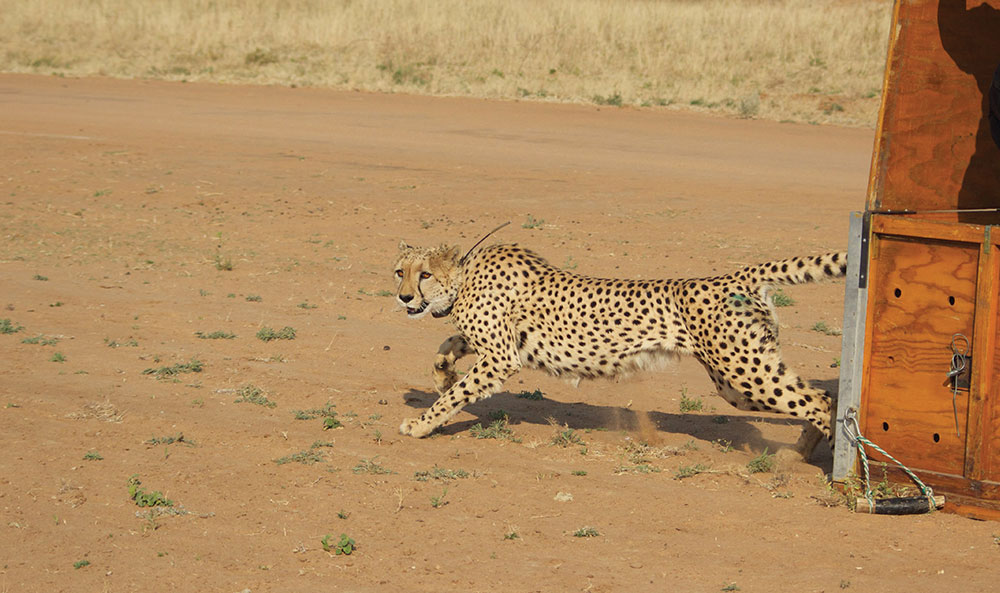
How Does the Process of Rewilding a Cheetah Work?
Rewilding a cheetah isn’t as simple as opening a cage and letting them run free. These big cats need to relearn essential survival skills like hunting, avoiding predators, and finding shelter. The process usually happens in carefully managed stages:
- Rescue and Rehabilitation: Many cheetahs that enter rewilding programmes come from captivity, illegal pet trade rescues, or human-wildlife conflict situations. Before anything else, they undergo health checks (blood tests, vaccines, etc.) and rehabilitation to ensure they are physically strong.
- Pre-Release Training: In a controlled but natural environment, cheetahs are given the opportunity to practice stalking and hunting prey. They start with easy targets and gradually work their way up to fully independent hunting.
- Monitoring in a Semi-Wild Space: Before full release, cheetahs are moved to large, fenced areas of several hundred hectares. Here, they refine their hunting and survival skills while being closely monitored using GPS collars, camera traps, and direct observation. Conservationists track their movements, hunting success, and social interactions to ensure they are ready for the wild.
- Full Release: Once they have proven they can hunt and fend for themselves, they are released into a protected area, often fitted with tracking collars so researchers can keep an eye on their progress. We are monitoring Hela, who has given birth to three healthy cubs recently; her second litter in the wild.
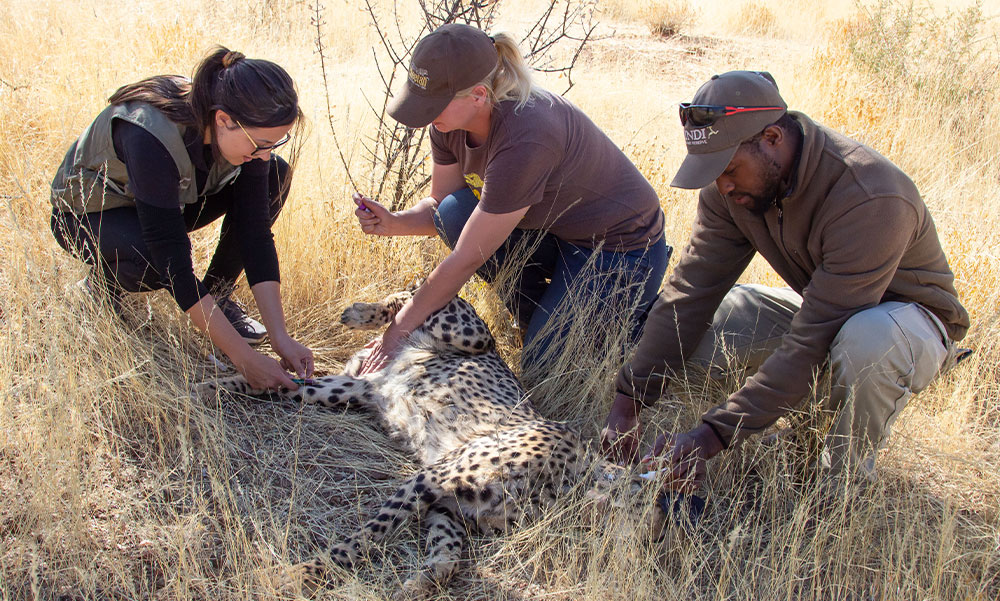
How Can You Help Us?
The Cheetah Conservation Fund’s work is not just about saving individual cheetahs; it’s about preserving an entire ecosystem. By rewilding cheetahs, CCF is restoring balance, strengthening genetic diversity, mitigating human-wildlife conflict, and preserving Namibia’s natural heritage for future generations.
But they can’t do it alone. They need your help. Consider joining the Cheetah Fit Challenge 2025 or support one of the participants.
"Cheetah Tracks" Newsletter Sign-Up
Stay updated on the activities of Cheetah Conservation Fund in Canada, Namibia and Somaliland. We send semi-annual newsletters and info about special events and initiatives. We will not share your email address with any other organization.
Related Reading
-
November 24, 2025
Tupuka’s Wild Life -
November 23, 2025
Canadian Veterinarian Reunites With Rescued Cheetahs – Somaliland
